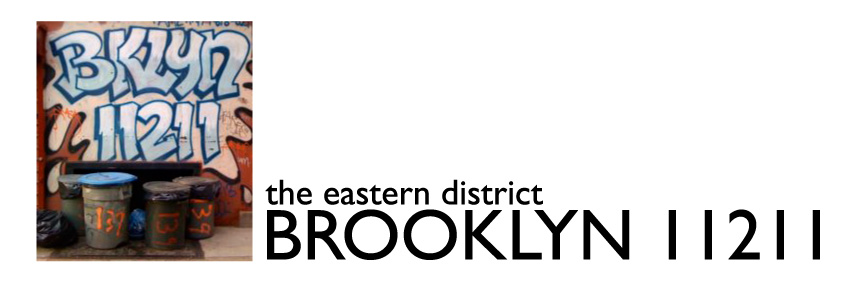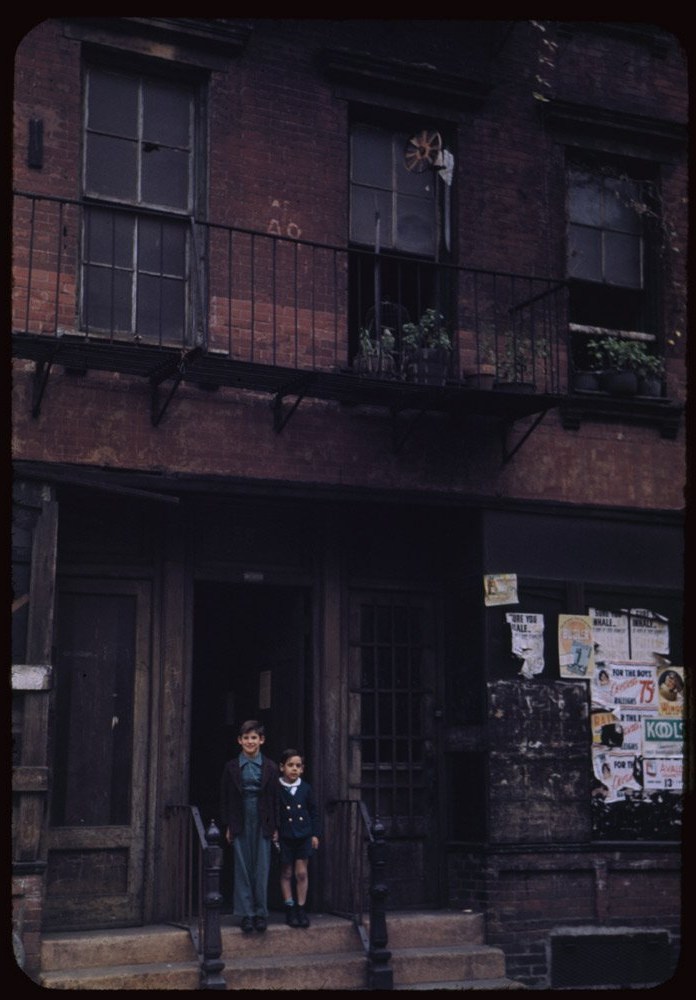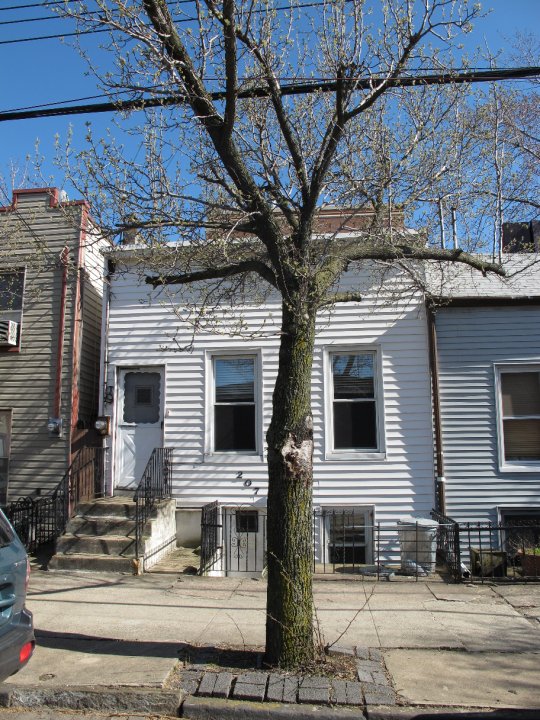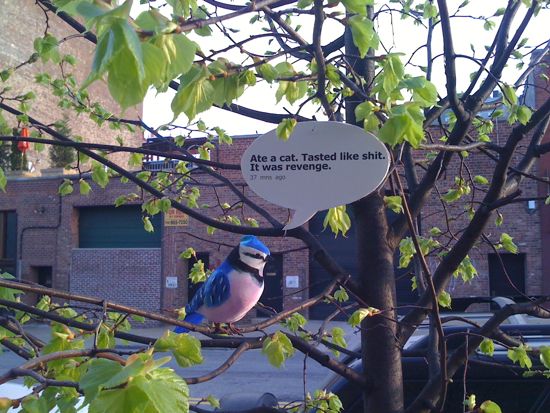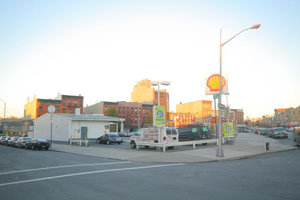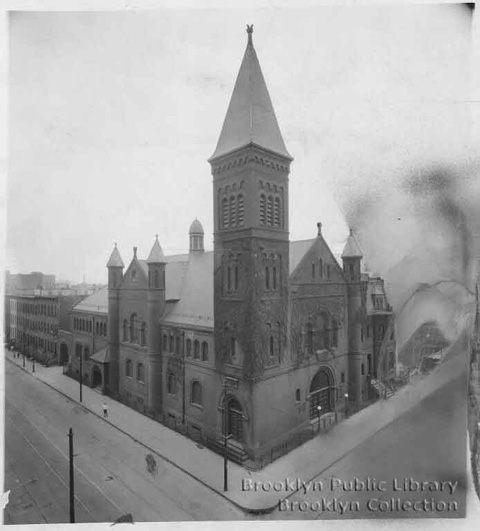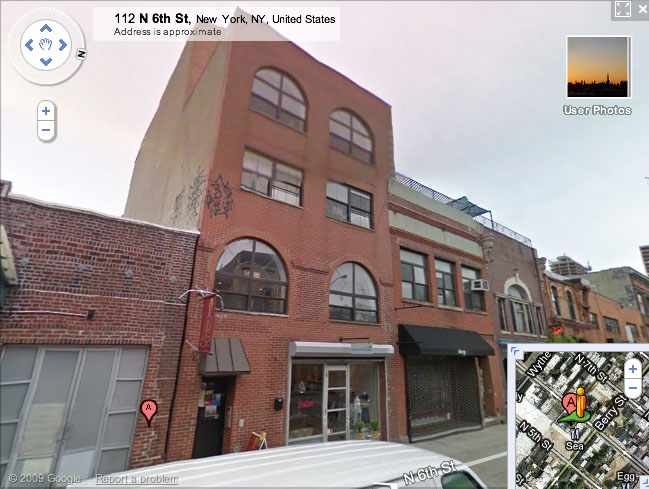Misinterpreting Marty
Aaron Short must be reading a different version of Marty Markowitz’s Domino resolution. A cursory reading of Markowitz’s resolution shows that it is anything but an “enthusiastic approval“.
Sure, Marty said yes, but he said with conditions. Just as the Community Board’s “disapprove with modifications” was not a complete rejection of the Domino plan, Marty’s “approve with modifications” is far from an endorsement of the New Domino. Both CB1 and Marty said that the current proposal is too big, and both called for it to be scaled back to the level of prior waterfront rezonings. Both resolutions also call for the height of the towers adjacent to Grand Ferry Park to be scaled back and for the height of the towers on the east side of Kent Avenue to be reduced (Marty actually calls for a much greater reduction than CB1 asked for).
In all, Marty’s recommendations, if adopted, would result in a project that is much more in line with what CB1 asked for than with what Domino is asking for (it splits the difference, but does so very much in favor of CB1’s position). The only difference is that Marty said “yes, but” where the Community Board said “no, but”. That’s a difference in tactics, not substance.
It’s also a good example of why CB1 says “no, but” in the first place. When they say “yes, but” everyone stops reading at the “yes” part and never gets to the “but” part. Sort of like what happened when Aaron read Marty’s recommendation, I guess.
